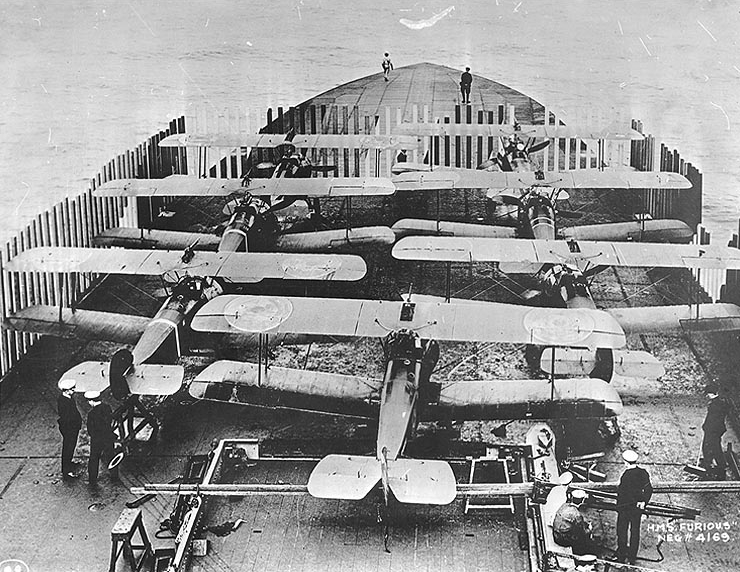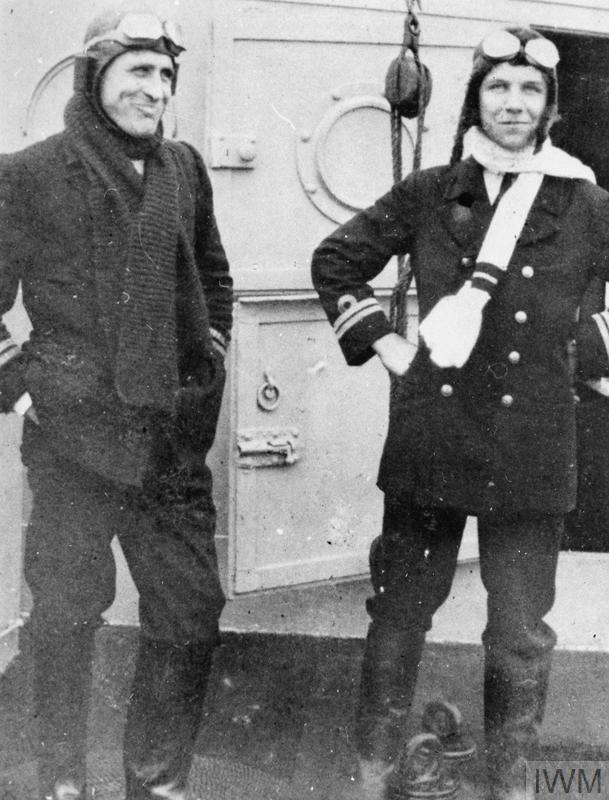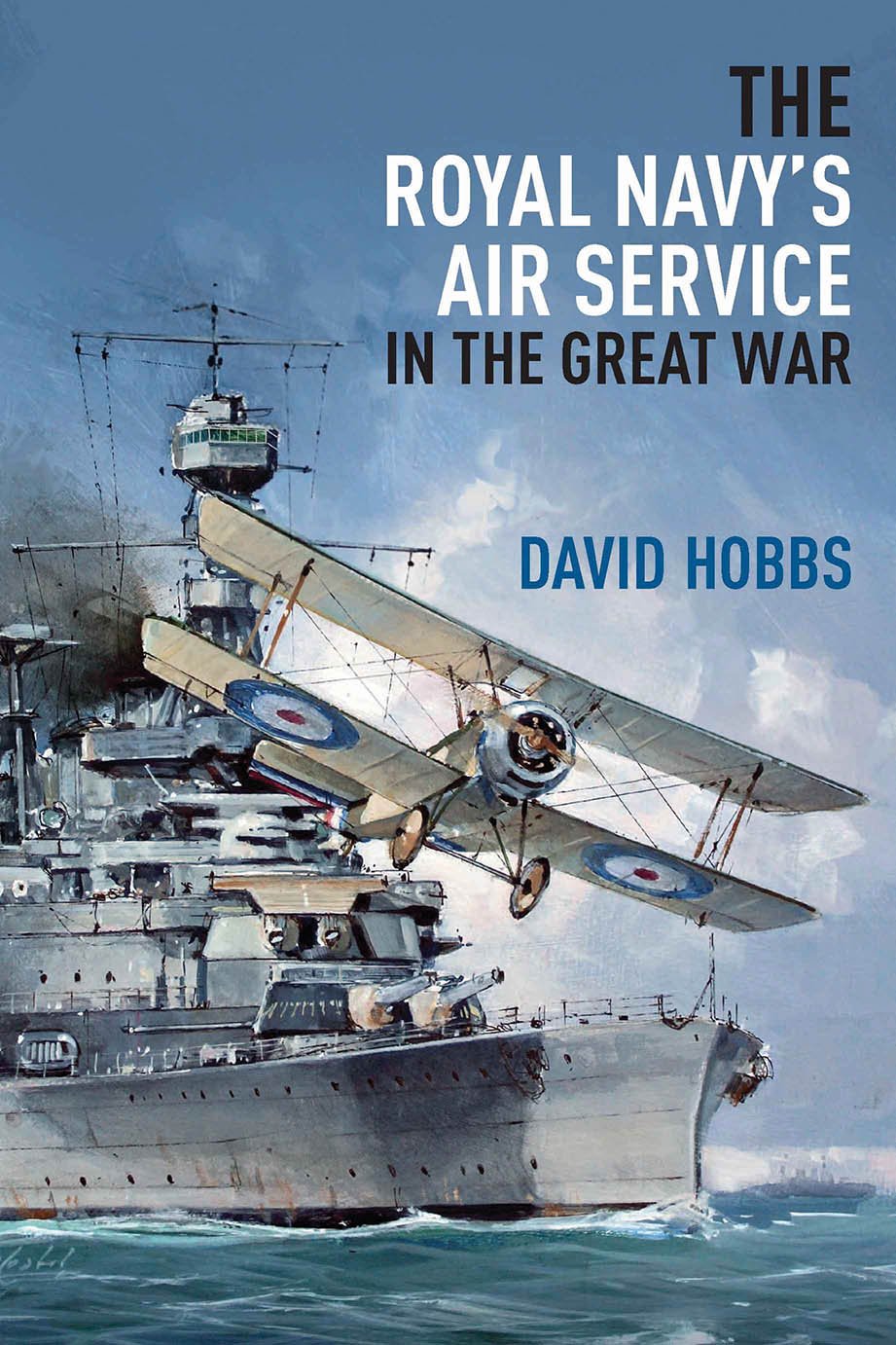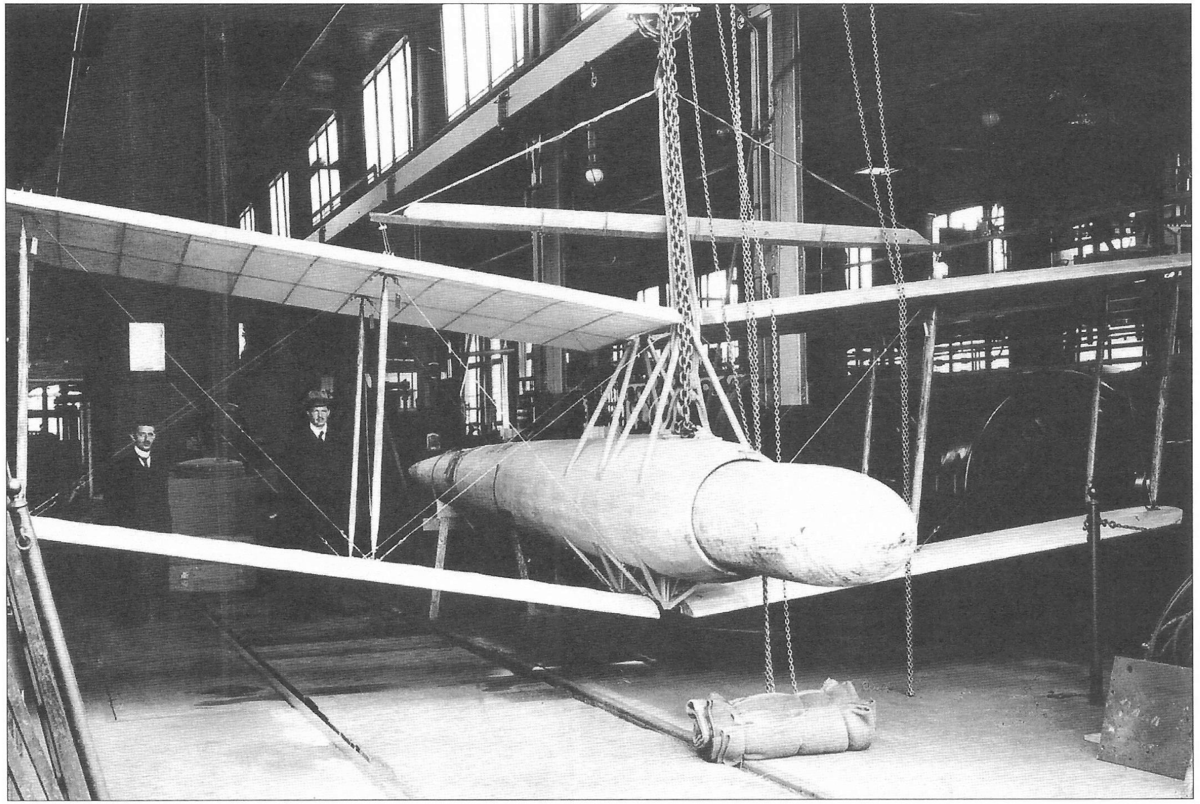Wild_Bill_Kelso
Senior Master Sergeant
- 3,231
- Mar 18, 2022
I just discovered this. Flying boats launched from ships, bombing a German military harbor, then counterattacked by Zeppelins... in 1914!!!? Holy cow!




and all on Christmas Day no less.
This is so totally bonkers (and brilliant!) it deserves discussion !

 en.wikipedia.org
en.wikipedia.org
and all on Christmas Day no less.
This is so totally bonkers (and brilliant!) it deserves discussion !









